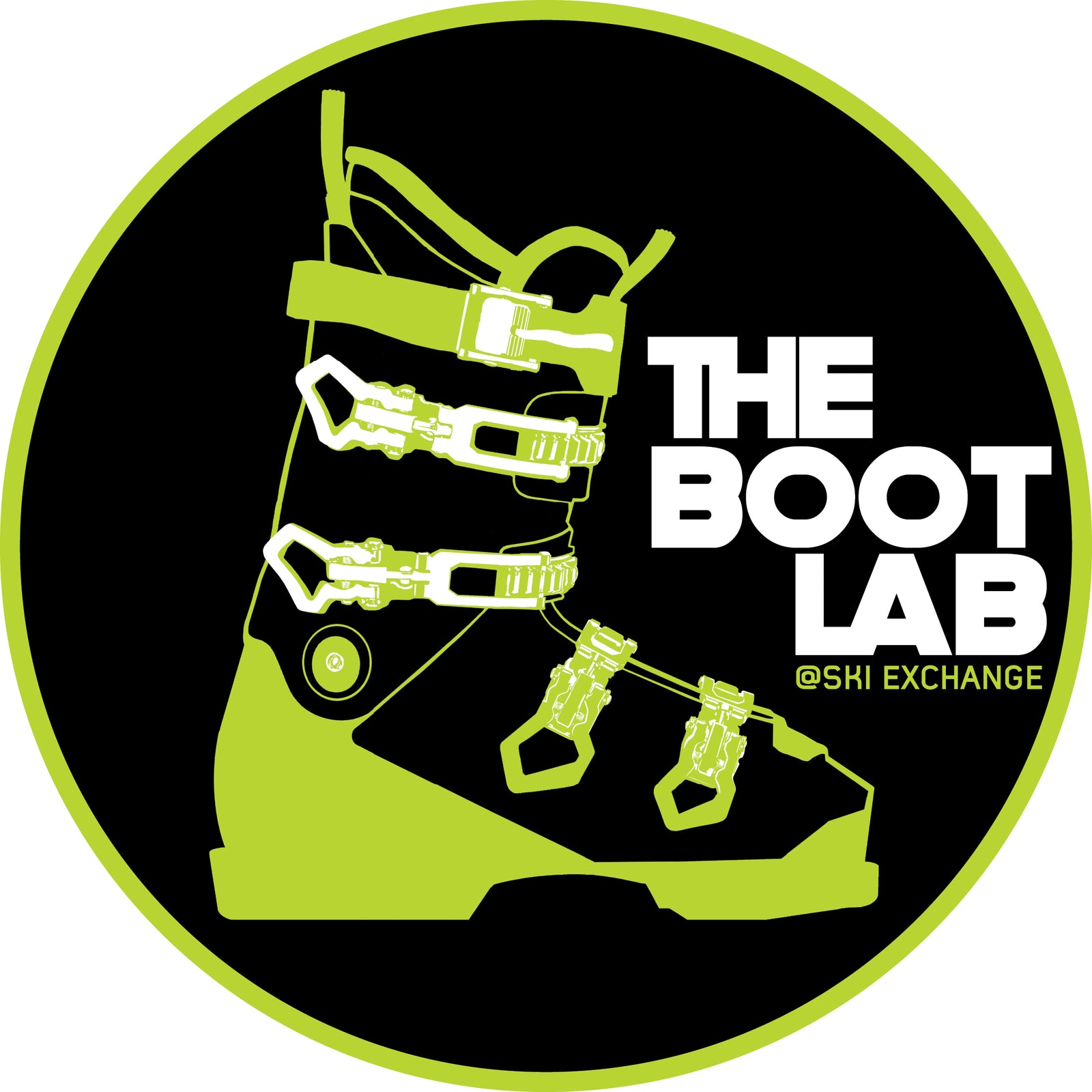A key aspect of a ski boot as far as the typical skier’s all-round experience is concerned, but which doesn’t necessarily get talked about very much, is the ski boot’s forward lean angles.
So, as no less than the best place for ski boot fitting in the UK here at Ski Exchange, we felt it was important to explain exactly what forward lean in a ski boot is, and the profound impact it can have on your balance and movement when you ski.
What is forward lean when it comes to ski boots, and why does it matter?
The term “forward lean” refers to the angle running up behind the skier’s leg – or to put it another way, it is the forward tilt of the ski boot’s upper cuff (including both the shell and the liner).
The forward lean, then, makes the leg tilt forward, and forces the skier to bend their legs to get into an optimal skiing position. The purpose of such forward lean angles is to keep the skier in balance, while ensuring they have a good centre of gravity.
It is crucial for a skier to achieve the right balance – known as “fore-aft balance” – if they are to get the best out of their skiing. You will know you have the right forward lean on your ski boot when you are able to remain in good fore-aft balance during a wide range of vertical motion during your times on the slopes.
What is the typical amount of forward lean in a ski boot?
Commercially available ski boots tend to have a forward lean of around 13 to 15 degrees. The most upright angles – 13 degrees or less – are commonly found in freestyle ski boots.
At the opposite end, racing boots typically have about 17 degrees of forward lean, or even more than this. Professional skiers tend to be drawn towards ski boots with lots of forward lean, so that they can achieve greater performance on steep and wild descents.
Indeed, as a general rule, high amounts of forward lean are associated with improved performance, whereas a more upright stance – perhaps of around 12 to 13 degrees – may be chosen by those prioritising comfort.
One very important thing to state is that while high forward lean angles may work well for many athletes, this does not automatically mean they would be a good choice for you. In fact, if you have limited ankle flexion (“dorsiflexion”), you might struggle to even fit into a ski boot with a lot of forward lean. Furthermore, attempting to do so could bring about severe problems, such as heel lifting and injuries to the Achilles tendon.
Your body type will make a big difference to what would constitute the optimal forward lean for your ski boots – and of course, discovering and achieving this ideal cuff angle has to be your uppermost priority. It is certainly something that we will help you achieve when you join us for a ski boot fitting session at our Boot Lab in Dry Drayton near Cambridge.
So, why wait any longer to book an appointment? We will be delighted to welcome you to the best place for ski boot fitting in the UK. In the process, we will also give you the peace of mind of our unrivalled Comfort Guarantee, which covers all necessary fitting work.

